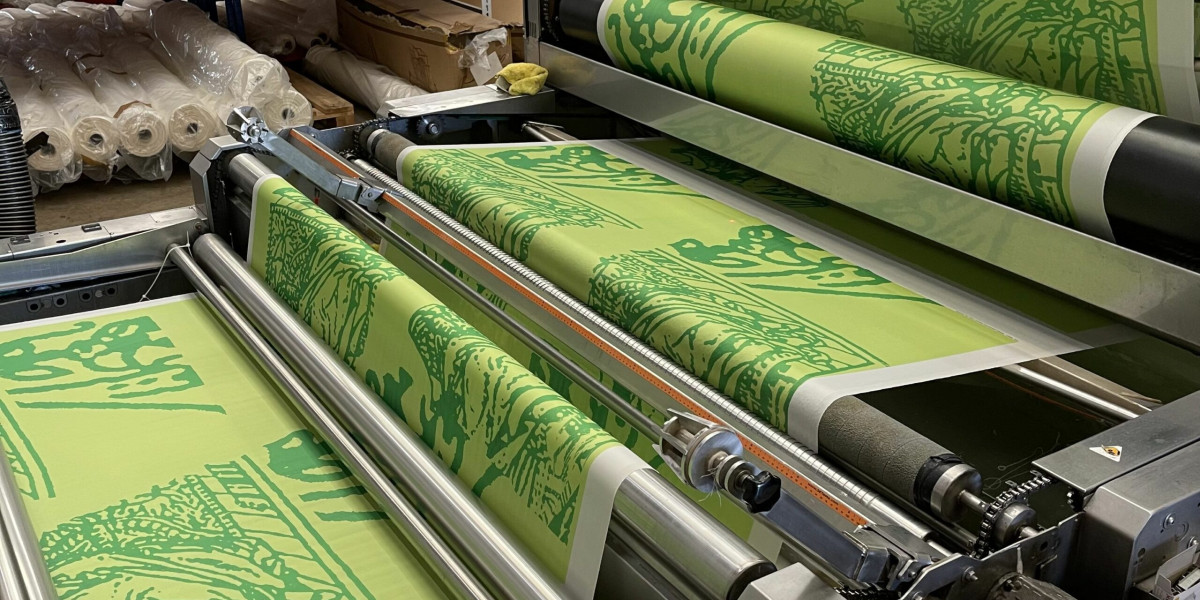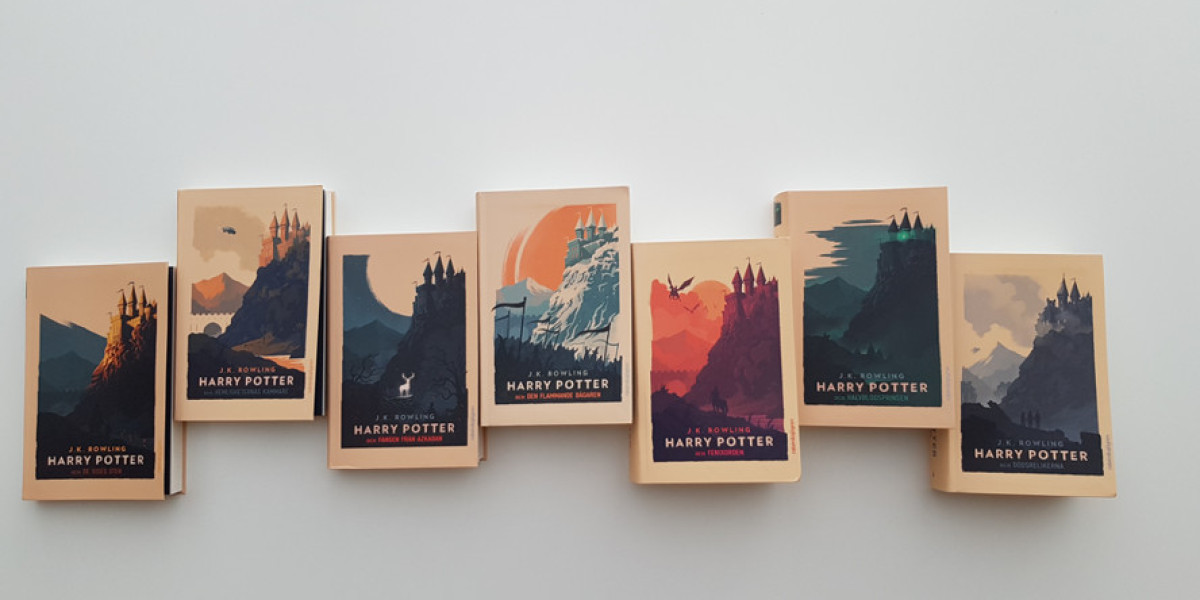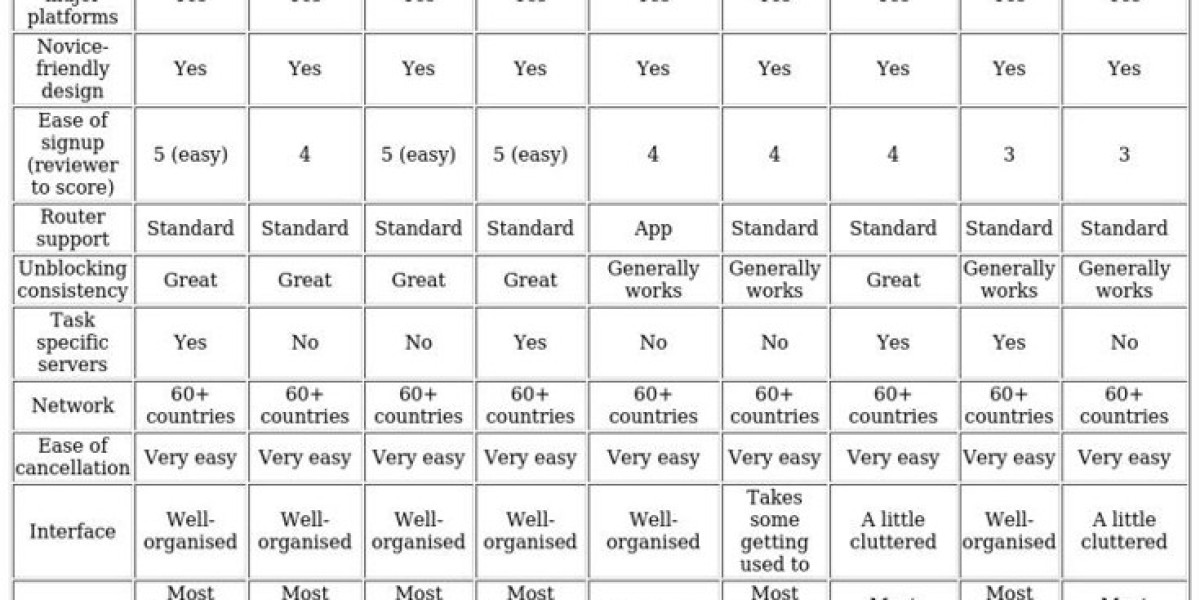The textile industry has always been a creative playground, but with the rise of digital printing on fabric, it has entered a new era of precision, speed, and artistic freedom. This advanced technology blends creativity with innovation, allowing designers to transform digital images into stunning fabric prints with unmatched detail and vibrancy.
Gone are the days when textile printing required tedious screen setups, limited color options, and long production times. Digital printing has revolutionized how fabrics are designed, printed, and customized — making it possible to produce breathtaking prints quickly, efficiently, and sustainably.
This article explores everything you need to know about digital fabric printing — from its process and benefits to its real-world applications and impact on the future of fashion and design.
What is Digital Printing on Fabric?
Digital printing on fabric is the process of transferring digital artwork directly onto textiles using advanced inkjet printers. It’s similar to how a paper printer works, except that it uses special inks designed for fabric fibers.
Unlike traditional printing methods such as screen printing or block printing — which require separate screens for each color — digital printing reproduces complex, multi-color designs directly from a computer file. This makes it an ideal solution for both small custom projects and large-scale commercial production.
The result? Rich, detailed, and durable prints that bring creativity to life with exceptional precision.
How Digital Fabric Printing Works
The process of digital fabric printing involves several key stages, combining technology, artistry, and textile science:
Design Creation
Designers create or upload artwork using professional software like Adobe Illustrator or Photoshop. The design is then converted into a format that the printer can read accurately.
Fabric Pre-Treatment
Before printing, fabrics undergo a pre-treatment process. This step enhances ink absorption and ensures vibrant colors, sharp edges, and better wash resistance.
Printing Process
The prepared fabric is loaded into a digital textile printer. The printer uses micro-nozzles to spray fine droplets of ink directly onto the fabric surface. Each tiny dot is carefully placed to reproduce the design with photographic precision.
Fixation and Finishing
After printing, the fabric is treated with heat or steam to permanently fix the inks into the fibers. It is then washed, dried, and finished to remove any residue and ensure a soft, durable feel.
Types of Digital Printing on Fabric
There are several printing techniques used in digital textile printing, each with unique advantages:
Direct-to-Fabric (DTF) Printing
This technique involves printing directly onto fabric using water-based textile inks. It works best with natural fabrics like cotton, silk, and linen.
Dye Sublimation Printing
Ideal for polyester and synthetic materials, this method transfers dyes from a printed paper onto fabric using heat and pressure. It results in vivid, long-lasting colors that don’t fade or crack.
Reactive Printing
Reactive inks bond chemically with natural fibers to create bright, deep colors that resist washing and fading — perfect for high-quality garments.
Pigment Printing
Pigment inks stay on the fabric surface, offering a soft, matte finish. This method is eco-friendly and ideal for short runs and sustainable fashion.
Advantages of Digital Printing on Fabric
Unlimited Design Freedom
Digital printing allows for virtually limitless creativity. Designers can use thousands of colors, intricate details, and photographic effects that were impossible to achieve through traditional methods.
Speed and Efficiency
Since there’s no need for screen setup or color separation, digital printing offers faster turnaround times. It’s ideal for sampling, small runs, or on-demand production.
Eco-Friendly and Sustainable
Digital printing uses significantly less water, energy, and chemicals than conventional printing. It’s one of the most sustainable textile production methods available today.
Superior Print Quality
High-definition output ensures sharp images, vibrant hues, and smooth gradients. The precision of digital printing results in flawless patterns and perfect color consistency.
Cost-Effective for Small Quantities
Unlike traditional printing, which requires large orders to offset setup costs, digital printing is affordable even for small batches or single custom pieces.
Applications of Digital Printing on Fabric
The versatility of digital printing makes it a preferred choice across multiple industries.
Fashion and Apparel
Fashion designers use digital printing to create signature patterns, photographic prints, and personalized collections. It enables experimentation with color and texture while maintaining accuracy and quality.
Home Décor and Interiors
Digitally printed fabrics bring creativity into interior spaces. From curtains and cushions to upholstery and wall hangings, the possibilities are endless.
Sportswear and Activewear
Dye sublimation printing produces durable, flexible, and breathable designs — perfect for activewear, jerseys, and performance fabrics.
Soft Signage and Exhibits
Digital printing creates bright, lightweight, and wrinkle-free fabrics for banners, flags, and trade show displays.
Personalized and Promotional Products
From custom T-shirts and tote bags to scarves and corporate gifts, digital printing allows businesses to create distinctive, high-quality promotional products.
Challenges in Digital Fabric Printing
While digital printing is powerful, it comes with certain challenges:
Higher Ink Costs: Specialized inks are more expensive than traditional dyes.
Fabric Limitations: Some materials require specific coatings for ink adhesion.
Color Matching: Maintaining consistent color accuracy across different fabric types can be complex.
However, continuous innovation in ink chemistry and printing technology is addressing these issues, making digital printing more efficient and versatile every year.
Sustainability and Environmental Benefits
One of the greatest strengths of digital printing lies in its sustainability. Traditional printing methods often consume thousands of liters of water and produce chemical waste harmful to the environment.
In contrast, digital printing on fabric is a clean and efficient process. It uses minimal water, significantly reduces dye waste, and supports on-demand production — meaning only the required amount of fabric is printed. This eliminates overproduction and reduces landfill waste, making it a key player in the global shift toward sustainable fashion.
The Future of Digital Printing on Fabric
The future of textile printing is undeniably digital. With the rise of eco-conscious consumers and the demand for personalized fashion, digital printing is poised to dominate the industry.
Emerging technologies like AI-driven color management, automation, and 3D fabric visualization are making the process faster, more precise, and more accessible. As sustainability continues to shape global trends, brands that adopt digital printing will stay ahead in creativity, efficiency, and environmental responsibility.
FAQs
Which fabrics are suitable for digital printing?
Digital printing works best on cotton, silk, linen, polyester, and blends — with appropriate ink and pre-treatment for each fabric type.
Is digital printing long-lasting?
Yes. When properly fixed, digital prints are durable, washable, and resistant to fading.
Is it an eco-friendly process?
Absolutely. Digital printing reduces water and chemical usage, making it far more sustainable than traditional dyeing methods.
Can I print small or customized designs?
Yes. Digital printing supports single or small-batch printing with no minimum order requirements.
What makes digital printing different from screen printing?
Screen printing requires separate screens for each color, while digital printing uses advanced printers to produce full-color designs instantly, with higher precision and flexibility.
Conclusion
Digital printing on fabric has completely transformed the world of textile design by merging art with advanced technology. It empowers creators to experiment freely, customize endlessly, and produce eco-friendly designs that align with modern trends.
Whether in fashion, interiors, or branding, this technology offers unmatched versatility, color brilliance, and sustainability. As innovation continues to evolve, digital printing will remain the driving force behind the textile industry’s next big revolution — one that celebrates creativity, efficiency, and a greener future for fabric design.










